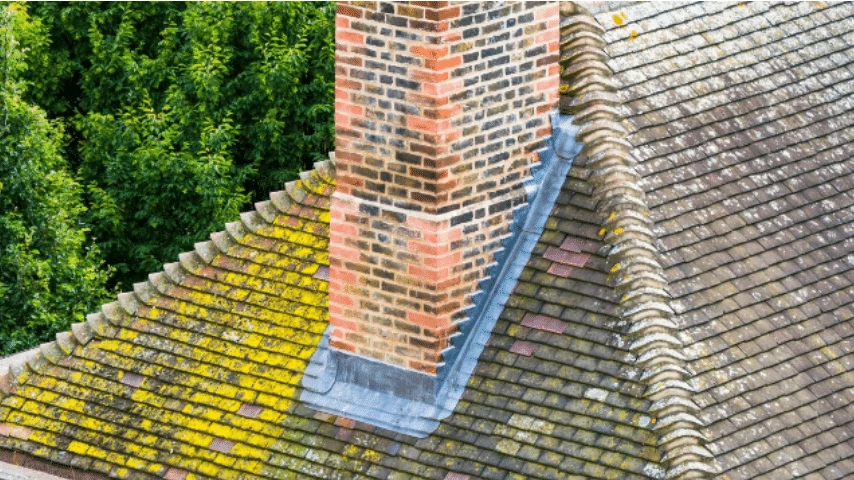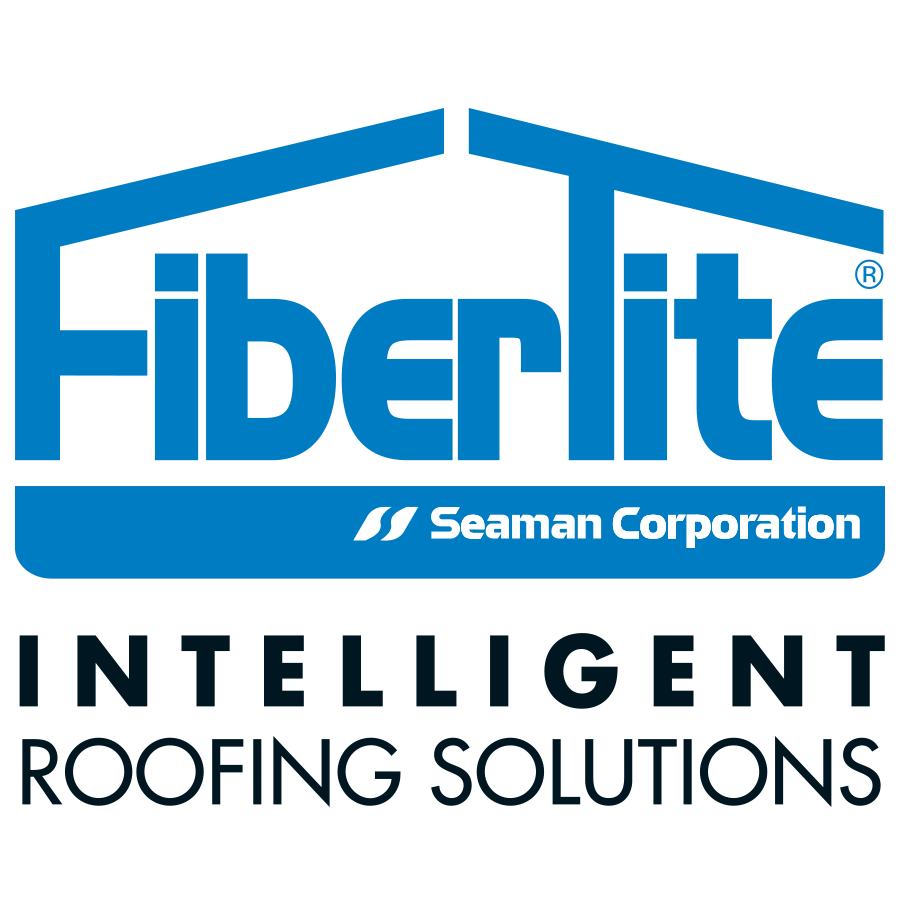
Have you ever noticed a leak in your home and wondered where it’s coming from? Often, the culprit is something many homeowners overlook: roof flashing. This critical component is designed to create a water-resistant barrier where your roof meets other structures, like chimneys, vent pipes, and the joints in your roof. However, when flashing fails due to damage, age, or improper installation, water can sneak into your home, leading to serious problems.
Whether you’re dealing with a minor leak or major water damage, understanding how to address and repair roof flashing is crucial for maintaining your home’s integrity. Join us as we explore the ins and outs of keeping your home dry and secure with proper roof flashing care.
What is Roof Flashing?
Roof flashing is typically made from materials such as aluminum, copper, or galvanized steel, and it is installed water is directed away from key locations where the roof plane meets a vertical surface such as a wall or a protrusion in order to prevent water from damage. When it comes to keeping water from seeping under the roofing materials and causing damage, properly installed flashing is absolutely necessary.
Common Causes of Flashing Damage
Flashing is an essential component of a method of roofing that is intended to prevent water from entering the roof at any point in time where different surfaces meet. Despite its importance, flashing is susceptible to damage from various sources.
Understanding the common causes of flashing damage can help prevent and address issues before they lead to severe structural problems. Here are the most prevalent causes:
- Weather Exposure: The primary culprit behind flashing damage is exposure to the constituent parts. With the passage of time, meteorological conditions such as snow, rain, and ice, and extreme temperatures can cause the flashing to rust, crack, or become brittle. Hail can dent or puncture flashing, while high winds can loosen or tear it away from its position.
- Thermal Expansion and Contraction: Materials expand and contract with temperature changes. This natural process can cause flashing to move slightly each time, which over the years can lead to loosening of fasteners, bending, or warping of the material, compromising its effectiveness.
- Improper Installation: If flashing is not installed correctly, problems are almost inevitable. Improper installation might include inadequate sealing, incorrect placement, or substandard materials that need to resist local weather conditions adequately.
- Physical Damage: Accidental impacts from falling branches, tools, or work done on the roof (like installing or repairing HVAC units or satellite dishes) can damage flashing. Even walking on the roof carelessly can displace or bend flashig.
- Age and Corrosion: Over time, materials naturally degrade. Metal flashing can rust or corrode, mainly if made of galvanized steel or a similar material. Corrosion compromises the metal’s integrity, leading to leaks.
- Building Movement: Buildings can settle or shift slightly over time due to foundation settling or seismic activity. These movements can distort the roof structure, pulling apart or compressing the flashing at joints and corners, creating gaps through which water can enter.
- Poor Quality Materials: Using low-grade or unsuitable materials for flashing can lead to premature failure. Cheaper metals might need to stand up better to environmental stresses, leading to quicker degradation and failure.
Addressing these issues promptly through regular use it is essential to perform maintenance and repairs in order to guarantee the longevity and effectiveness of roof flashing, thereby safeguarding the overall health of the roofing system.
Solutions for Flashing Repair
Solutions for repairing roof flashing are crucial to ensure that your roofing system continues to perform properly and maintain its integrity. Here are some effective strategies to ensure that your flashing repair is successful and durable:
- Regular Inspections: Regularly inspecting your roof can help identify flashing issues before they lead to severe damage. Inspections should focus on areas where flashing is most critical, such as around chimneys, skylights, vents, and the intersections of roof planes.
- High-Quality Materials: Choosing suitable materials for flashing repair is essential for longevity and effectiveness. Materials like copper, aluminum, and stainless steel as well as their resistance to corrosion, are well-known for their longevity. Selecting a material that matches the existing flashing and meets the environmental demands of your area can prevent future problems.
- Professional Installation: Proper installation of roof flashing is critical. A proper installation can lead to gaps, poor sealing, and eventual water leaks. Hiring a professional roofing contractor with experience in flashing repair ensures that the flashing is installed correctly, with all joints sealed and secured to prevent water ingress.
- Address Underlying Problems: Before conducting any flashing repair, it is essential to address any underlying structural issues that could affect the new flashing’s performance. This includes repairing or replacing damaged shingles, reinforcing the roof structure, and ensuring no residual moisture or mold from previous leaks.
- Sealants and Caulking: High-quality sealants and caulking can help secure flashing edges and prevent water from penetrating vulnerable areas. These products should be weather-resistant and compatible with the roofing and flashing materials to ensure a lasting repair.
- Proper Overlaps and Angles: Ensure that the flashing overlaps are sufficient to prevent water from entering and that the angles are correct to direct water away from the roof, not towards it.
- Regular Maintenance: Even after repair, regular maintenance is crucial to prolong the life of roof flashing. This includes cleaning debris from the roof, checking for signs of wear or damage, and making minor repairs to avoid significant issues.
By following these strategies, you can ensure that your flashing repair addresses both the symptoms and the causes of the issues, providing a robust solution that will extend the life of your roof and protect your home from water damage.
Flashing repair is a critical aspect of maintaining the health of your roofing system. Whether dealing with wear and tear, weather damage, or improper installation, addressing issues promptly can save you from more extensive and expensive repairs.
At 7, we specialize in diagnosing and executing flashing repair, ensuring that your roof remains in top condition to protect your home. If you suspect your roof flashing may need attention, don’t hesitate to contact us for a thorough inspection and competent repair services. With our expert team, you can rest assured that your roof will continue to shield your home effectively.
Get Expert Roof Flashing Repair Now!
At Eason Roofing, we recognize the importance of maintaining a robust roofing system, especially the critical role of flashing in protecting your home from water damage. If you’re noticing signs of wear or leaks, it’s time to act swiftly.
Our expert team specializes in precise flashing repair, utilizing top-quality materials and advanced techniques to ensure your roof remains in optimal condition. Don’t let minor issues escalate into significant concerns.
Contact us today for a thorough inspection and reliable repair services. Fix your roof’s flashing now with Eason Roofing, and ensure your home stays secure and dry.





